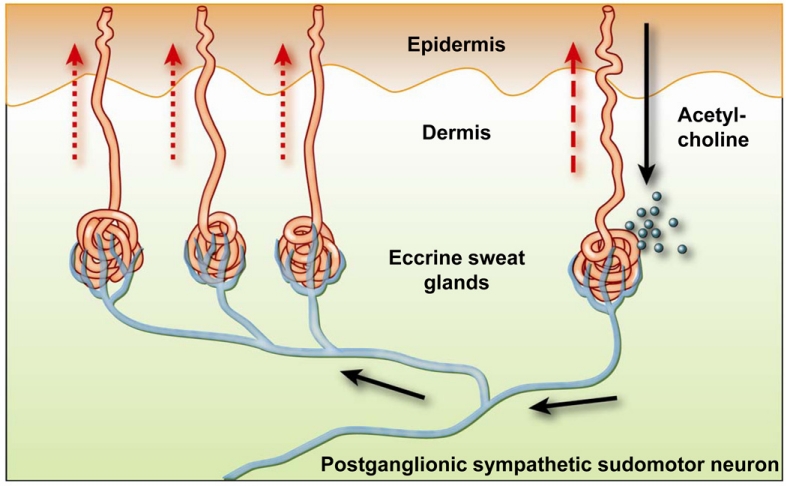In the context of autonomic system pharmacology, you will often come across drugs described as “nonselective muscarinic antagonists” or “nonselective alpha-adrenoceptor antagonists”. What does “nonselective” mean in this context?
The potential confusion here is that you might think that a “nonselective muscarinic antagonist” is a drug that is not selective for muscarinic receptors and so also acts on other types of receptors (for example, adrenoceptors) at therapeutic doses. This is not what is meant when these phrases are used in the context of autonomic nervous system pharmacology.
There are many subtypes of muscarinic acetylcholine receptors: M1, M2, M3, M4 and M5 receptors. However, most of the muscarinic cholinergic and anticholinergic drugs in current clinical use are nonselective between the muscarinic receptors subtypes. These drugs are selective for muscarinic receptors over other types of receptor, such as nicotinic acetylcholine receptors or adrenoceptors, but are nonselective between the muscarinic receptor subtypes (M1, M2, M3, M4 and M5 receptors). For example, atropine is a nonselective muscarinic acetylcholine receptor antagonist because it blocks all muscarinic receptor subtypes: M1, M2, M3, M4 and M5 receptors. But atropine is selective for muscarinic acetylcholine receptors over other classes of receptor, such as nicotinic acetylcholine receptors.
Likewise, there are many subtypes of adrenoceptors: α1A-, α1B-, α1D-, α2A-, α2B-, α2C-, β1-, β2– and β3-adrenoceptors. Many of the adrenergic and antiadrenergic drugs in current clinical use target alpha- or beta-adrenoceptors but are nonselective between the subtypes of alpha or beta receptors. For example, oxymetazoline is selective for alpha-adrenoceptors over beta-adrenoceptors but may be described as a nonselective alpha-adrenoceptor agonist because it is largely nonselective between α1A-, α1B-, α1D-, α2A-, α2B– and α2C-adrenoceptors.

 Image credit:
Image credit: